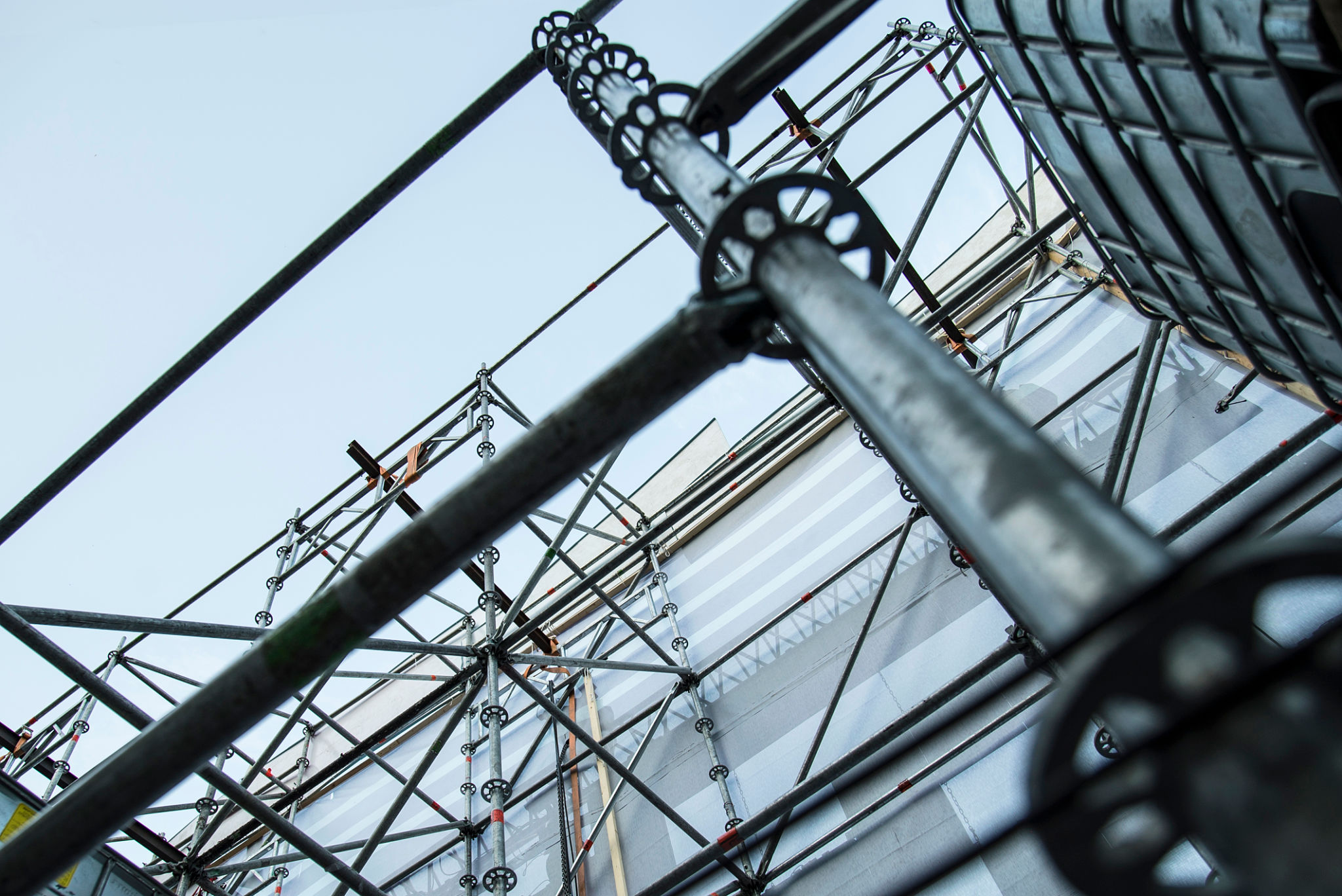Comprehensive Guide to Industrial Scaffolding in South Australia
SM
Understanding Industrial Scaffolding
Industrial scaffolding plays a crucial role in construction and maintenance projects, providing a temporary structure for workers to safely access elevated areas. In South Australia, the use of scaffolding is widespread across various industries including construction, mining, and maintenance. Ensuring the safety and efficiency of these structures is paramount, given the potential hazards involved.

Types of Scaffolding Used
There are several types of scaffolding commonly used in South Australia, each serving different purposes based on the project’s requirements. The main types include:
- Supported Scaffolds: These are the most common type, consisting of one or more platforms supported by rigid, load-bearing members such as poles, legs, frames, and outriggers.
- Suspended Scaffolds: Platforms suspended by ropes or other non-rigid means from an overhead structure, used mainly for tasks like window washing or painting.
- Rolling Scaffolds: Similar to supported scaffolds but equipped with casters or wheels, allowing them to be easily moved when required.
Regulations and Safety Standards
In South Australia, strict regulations govern the use of scaffolding to ensure worker safety. The Work Health and Safety Act 2012 outlines the responsibilities of employers to provide safe work environments. Compliance with these regulations is not only a legal obligation but also crucial in preventing accidents and injuries on site.

Key Considerations for Scaffolding Projects
When planning a scaffolding project, several factors need to be considered to ensure its success and safety:
- Design and Load Capacity: Proper design is essential to accommodate the expected load and provide stability.
- Material Selection: Using high-quality materials can significantly impact the durability and safety of the scaffold.
- Regular Inspections: Routine checks are necessary to identify and rectify potential issues before they lead to accidents.
Choosing the Right Scaffolding Provider
Selecting a reliable scaffolding provider in South Australia is critical for the success of your project. Look for companies with a proven track record, experienced staff, and a commitment to safety. A reputable provider will offer comprehensive services, from design and erection to dismantling and maintenance.

Sustainability in Scaffolding
The push towards sustainability is also influencing the scaffolding industry. More companies are opting for eco-friendly materials and practices that reduce waste and environmental impact. Reusable components and efficient design processes are becoming more prevalent, aligning with global sustainability goals.
The Future of Scaffolding in South Australia
As technology advances, the future of industrial scaffolding in South Australia looks promising. Innovations such as automated scaffold systems and smart sensors are being integrated into traditional practices to enhance efficiency and safety. These advancements are set to revolutionize how scaffolding projects are managed in the region.

Conclusion
Industrial scaffolding remains an integral part of many industries in South Australia, ensuring projects are completed safely and efficiently. By understanding the different types of scaffolds, adhering to safety standards, and choosing the right provider, businesses can maximize their project outcomes while minimizing risks. As the industry evolves, embracing new technologies and sustainable practices will be key to staying ahead.
